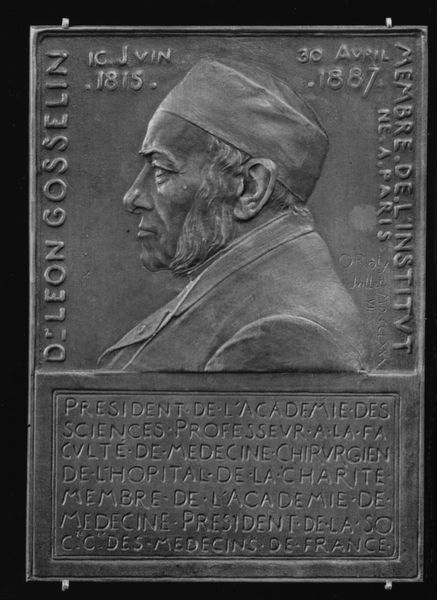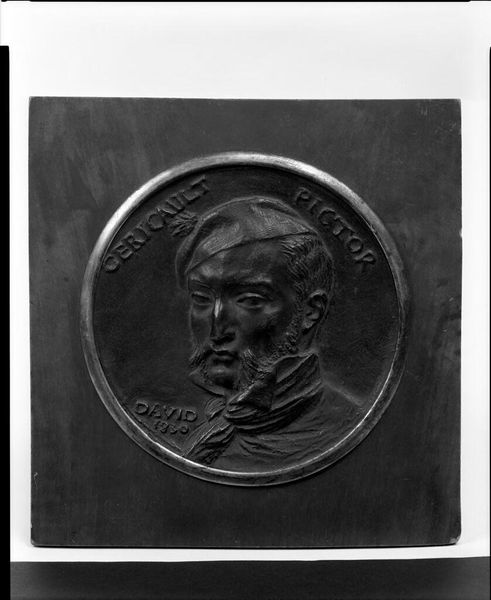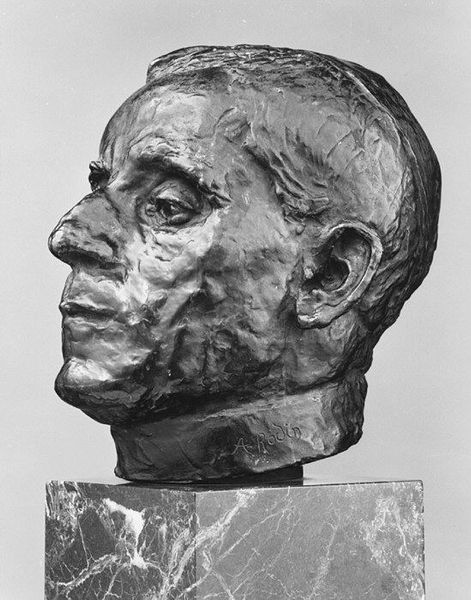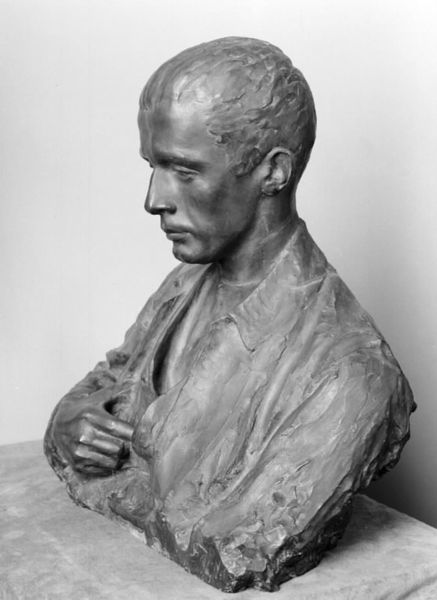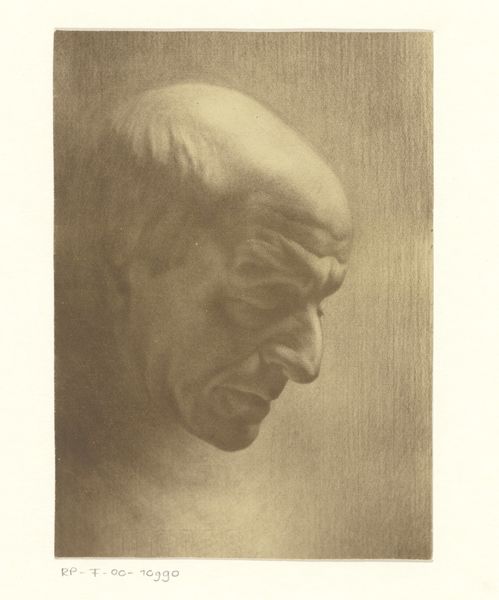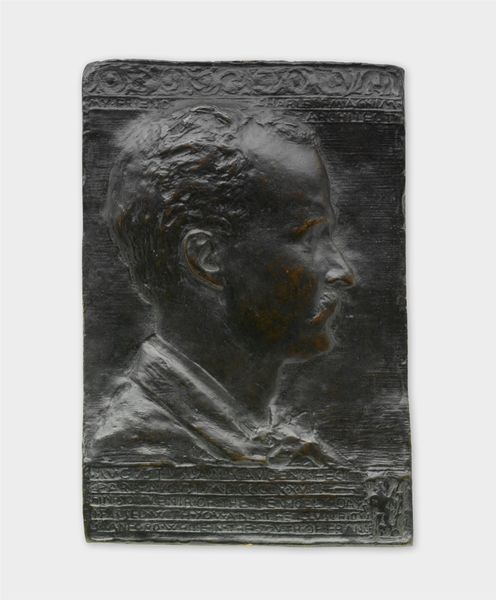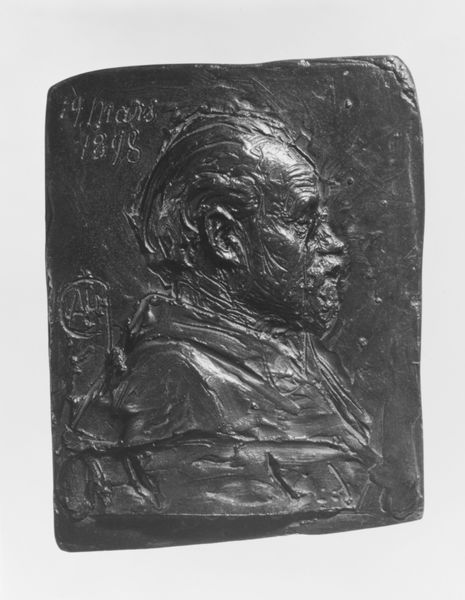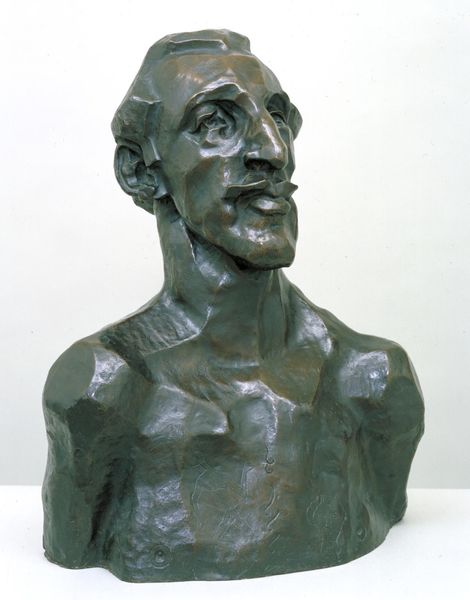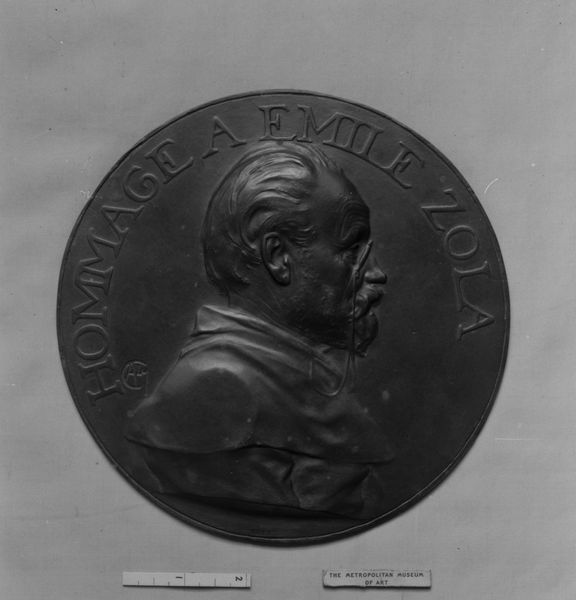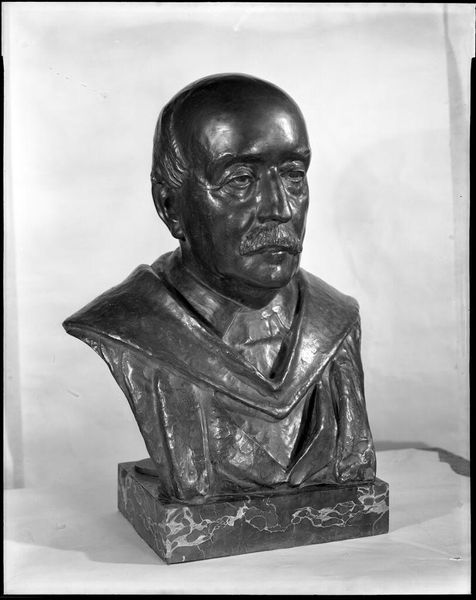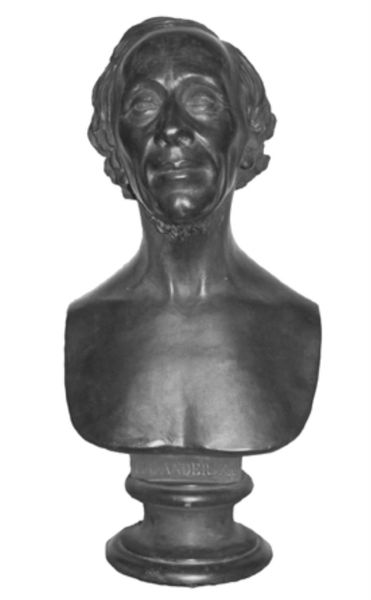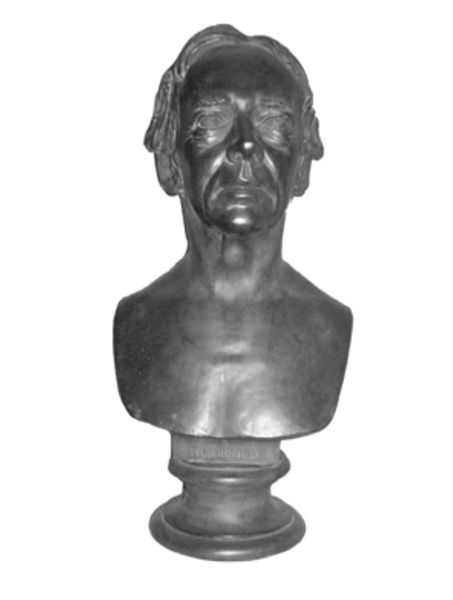
Doctor Pierre Carl Potain (1825–1901) 1801 - 1901
0:00
0:00
relief, bronze, sculpture
#
portrait
#
portrait image
#
portrait
#
close up portrait
#
relief
#
bronze
#
portrait reference
#
human face
#
framed image
#
sculpture
#
men
#
facial portrait
#
decorative-art
#
profile
Dimensions: 8 3/4 × 6 9/16 in. (22.2 cm)
Copyright: Public Domain
Curator: Alexandre-Louis-Marie Charpentier created this intriguing relief sculpture, “Doctor Pierre Carl Potain (1825–1901),” sometime between 1801 and 1901. It’s made of bronze and currently resides at the Metropolitan Museum of Art. What's your initial impression? Editor: The profile! It’s so…serious, like a Roman coin come to life. The texture of the bronze is fantastic, it almost makes me want to reach out and trace the doctor’s nose. He looks rather contemplative, burdened even, perhaps by the weight of his medical responsibilities. Curator: Relief sculptures like this had a very specific function during that period. Think of them as precursors to photography, designed for relatively easy and affordable reproduction, democratizing access to portraits, which was increasingly important during that era. Editor: Democratizing portraiture, that's a really interesting point. I mean, looking at the bronze itself—its texture and aged hue—it feels almost like a memory, solidified. Does that make sense? Almost like the artist was less concerned with idealizing Potain, and more intent on capturing something true. Curator: Absolutely. And the materiality speaks to the process, too. Working with bronze requires skill, physical labor, and a certain investment in the means of production. The transformation of raw materials into a detailed likeness highlights a tension between craft and high art. The name at the bottom—simple and clear— adds to the sense that it’s as much about remembering him as it is about showing off artistry. Editor: Right, because it would be simple for Charpentier to inscribe ornate, fanciful lettering instead. And I love how the light catches the high points, creating these subtle, shifting shadows on the doctor's face. He really seems to peer into you. Makes you consider all that we ask doctors to carry. Curator: Well, thinking about this now I am even more reminded that bronze allowed these portraits to persist and spread beyond just an immediate circle; the labor involved and their distribution within a larger societal structure definitely broadens its appeal. Editor: Absolutely, seeing it this way has deepened my understanding; so, thank you. Next time I catch the flu, I might look at the family doctor with even greater respect.
Comments
No comments
Be the first to comment and join the conversation on the ultimate creative platform.

